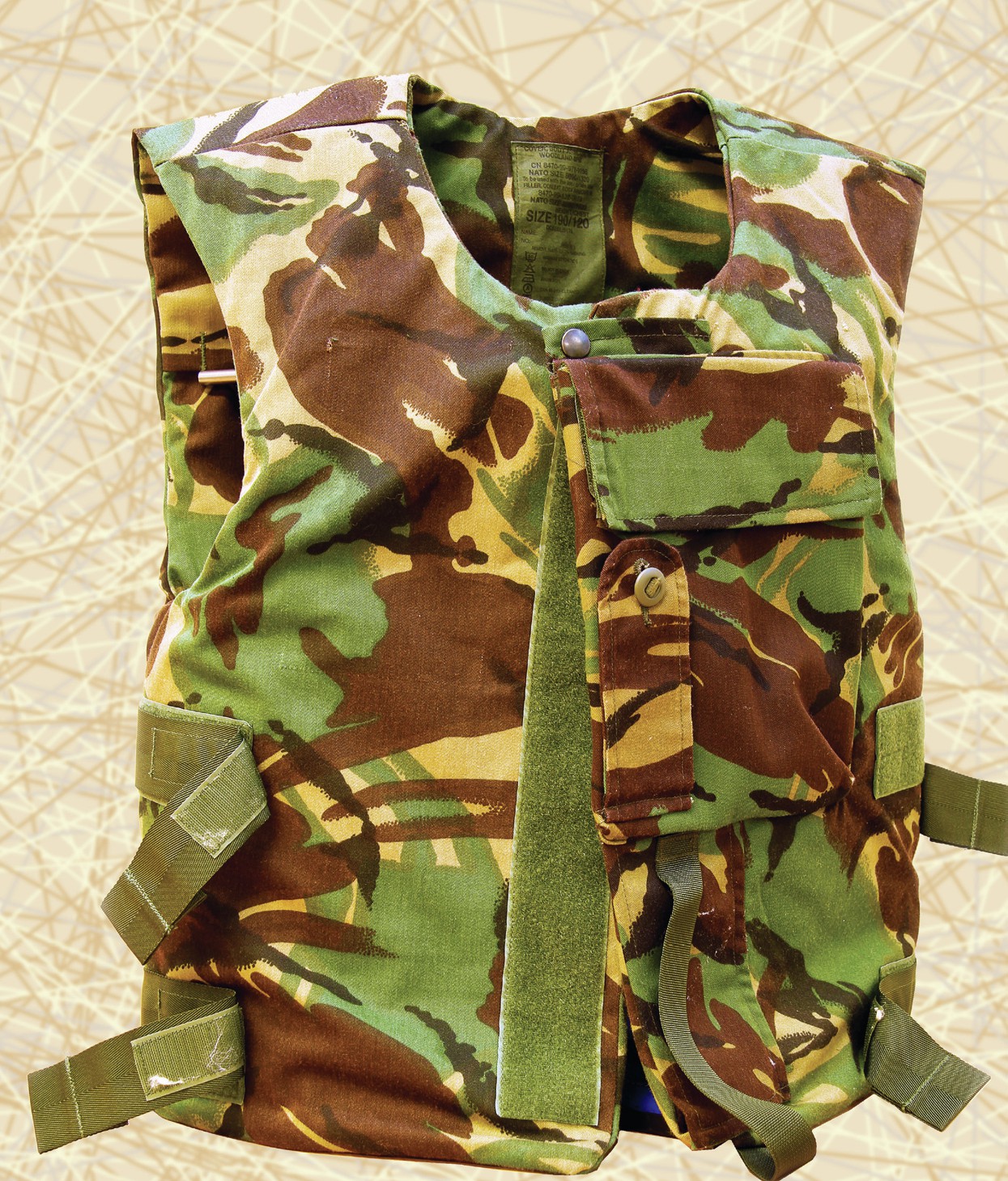
Discovering the chemistry behind bullet-resistant clothing requires knowledge of polymers and hydrogen bonding.
When you think of chemistry saving lives, you may just think of drug discovery and pharmaceuticals. But think again. Materials chemistry can also save lives. Polymers are an important type of material and are found in thousands of everyday products, from bags and bottles to the casings for our high-tech gadgets. These macromolecules are made up of long chains of repeating units. Depending on their chemical composition, a whole variety of desirable properties can be obtained, such as flexibility, heat resistance and strength. But there is one polymer in particular — Kevlar — that is perhaps the greatest of all, as its unique combination of properties makes it capable of stopping a speeding bullet.
Your organisation does not have access to this article.
Sign up today to give your students the edge they need to achieve their best grades with subject expertise
Subscribe




